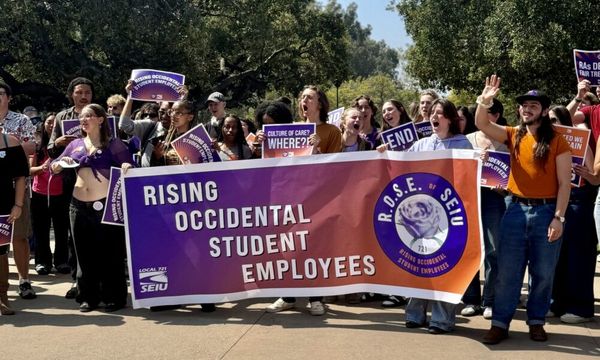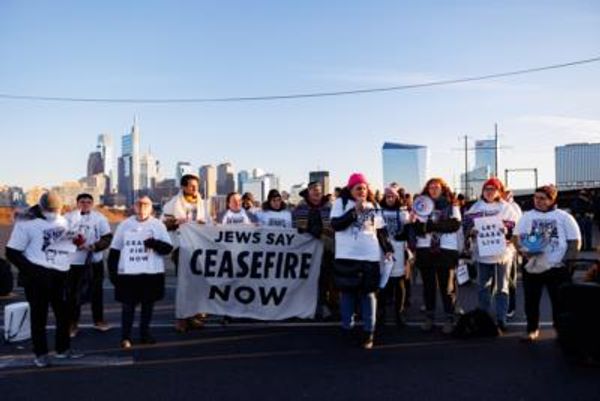
DGCA undertook this action, following a demand from the Ministry of Social Justice and Empowerment to remove unreasonable conditions that disqualify a transgender person to even obtain a student pilot licence, pointing out that extant norms fell foul of the Transgender Persons (Protection of Rights) Act 2019. Adam Harry, a trainee pilot who had obtained his student pilot licence from South Africa, had his application for a student pilot licence turned down in India, on the ground he was still on hormone treatment following gender reassignment. He was told that he could apply again, once he had come off medication. This effectively meant a lifelong ban, as his medication was prescribed to be lifelong. This intervention by the ministry of social justice has finally prodded DGCA to come out with norms for allowing transgender people to apply for all categories of a pilot licence.
India’s aviation is not as insular when it comes to accepting gender-diverse roles at senior levels as certain other sectors such as energy. Women pilots and first officers are common enough. In fact, India has the highest percentage of women pilots in the world. About 12.4% of all pilots are women—more than double the number in the US, the world’s largest aviation market. Women have been flying helicopters and transport aircraft in the Indian Air Force since the 1990s. Now they also fly fighter planes.
Paving the way for transgender people to make their careers in aviation without facing discrimination is a definite step forward for Indian aviation and for industry, in general.
In doing so, India also reclaims a tradition that colonial rule and its laws and mores had disrupted and dislodged. Section 377 of the Indian Penal Code had criminalized "carnal intercourse against the order of nature", the order of nature being left undefined and automatically assumed to reflect the norms that Lord Macaulay, who drafted the Indian Penal Code, took for granted. It was only in 2018 that Section 377 was struck down by the Supreme Court.
While it is no one’s case that traditional Indian culture upheld gender equality or deemed gender fluidity par for the course, transgender people were assigned certain roles associated with good augury. Traditional Indian society was hierarchical and unjust in multiple ways and so the treatment meted out to the transgender community was discriminatory neither uniquely nor in the extreme.
It may be recalled that the normative order is defined and refined by religious texts and epics. The Mahabharata contains two transgender characters who are portrayed in a positive light, overall, even if not quite celebrated.
You might also like
How not to lose your airline bags amid 'airmageddon'
Common-sense investing by Carnelian's Vikas Khemani
What's driving investor interest in Eicher Motors stock?
ICRIER dismisses liquor lobby's allegations
One is Shikhandi, a princess reborn with a neutral gender, in order to avenge her abduction by Bhishma, while on a quest to win brides for his step-brothers, and subsequent rejection by the prince she had set her heart on. In the battle of Kurukshetra, the Pandava army confronts Bhishma, putting Shikhandi at the front, against whom Bhishma refuses to fight. This helps the Pandavas defeat Bhishma.
Another is Brihannala. She was, in reality, Arjuna, the warrior prince, reciting whose 10 names is supposed to banish fear, who had taken the form of a eunuch, to live out one year as dance instructor to Princess Uttara of the Matsya Kingdom. The Pandavas had chosen this land as their place of exile for the one year when they had to remain incognito.
A warrior who helps the forces of Right vanquish the forces of Wrong, and the alter ego of the most skilled archer and Krishna’s best friend—these are not role models that denigrated transgender people. In Indo-Islamic culture, too, transgender people played socially important roles, in the harem as well as the bazaar.
This sensibility was changed by colonial rule and its own unambiguously pejorative attitude towards transgender people. The recognition by DGCA of transgender people as normal people entitled to and endowed with the agency of people of other genders is, therefore, a little more than a nod to woke modernity.
Elsewhere in Mint
Long Story reveals how expensive and rare orchids are smuggled out of India. In Opinion, Nitin Pai draws nation-building lessons from a Bollywood song. Bibek Debroy writes on India's Amrit Kaal modernity. ED has made India's crypto winter colder, argues Andy Mukherjee.







